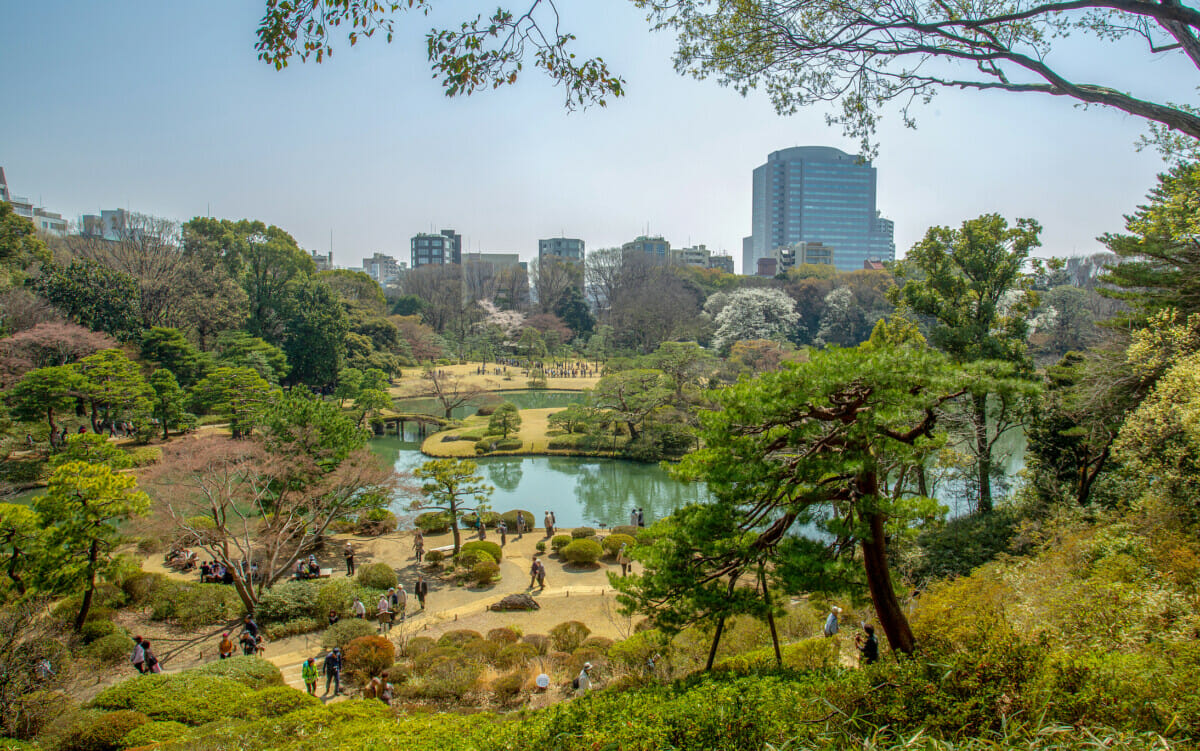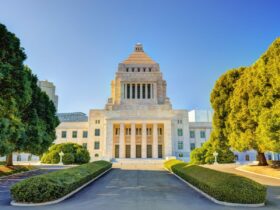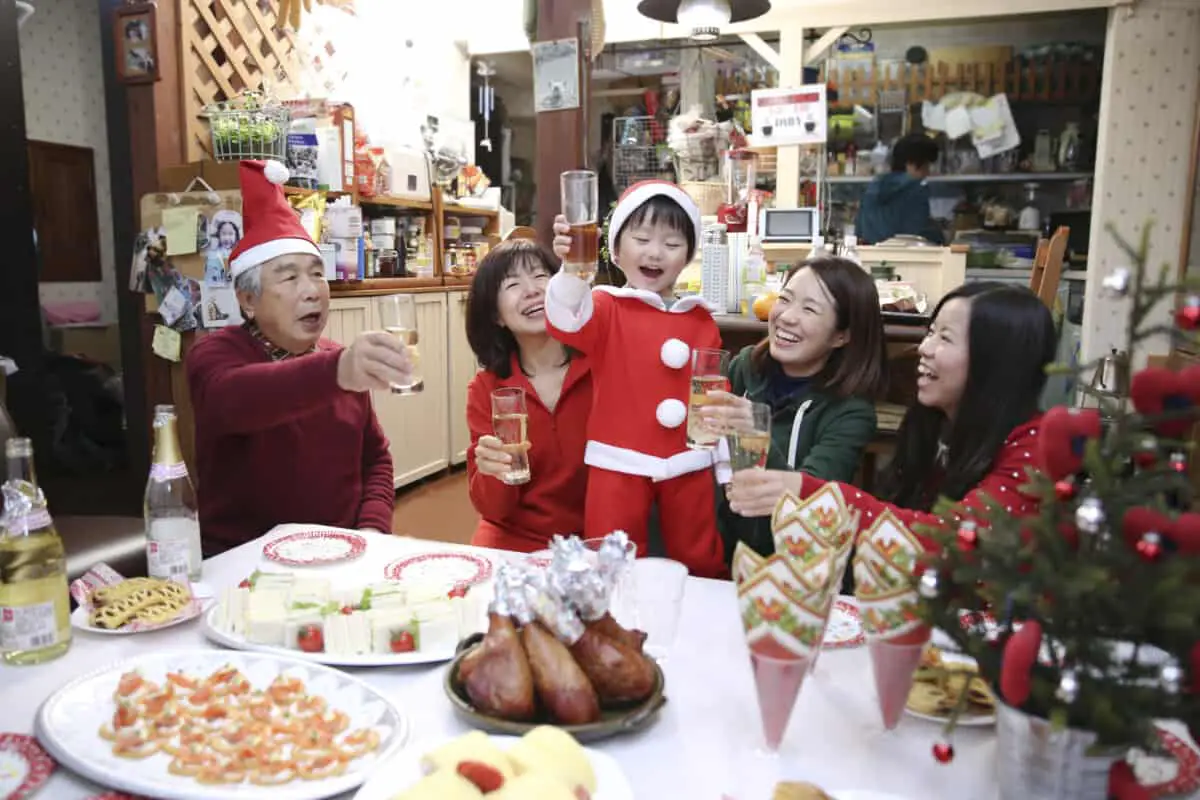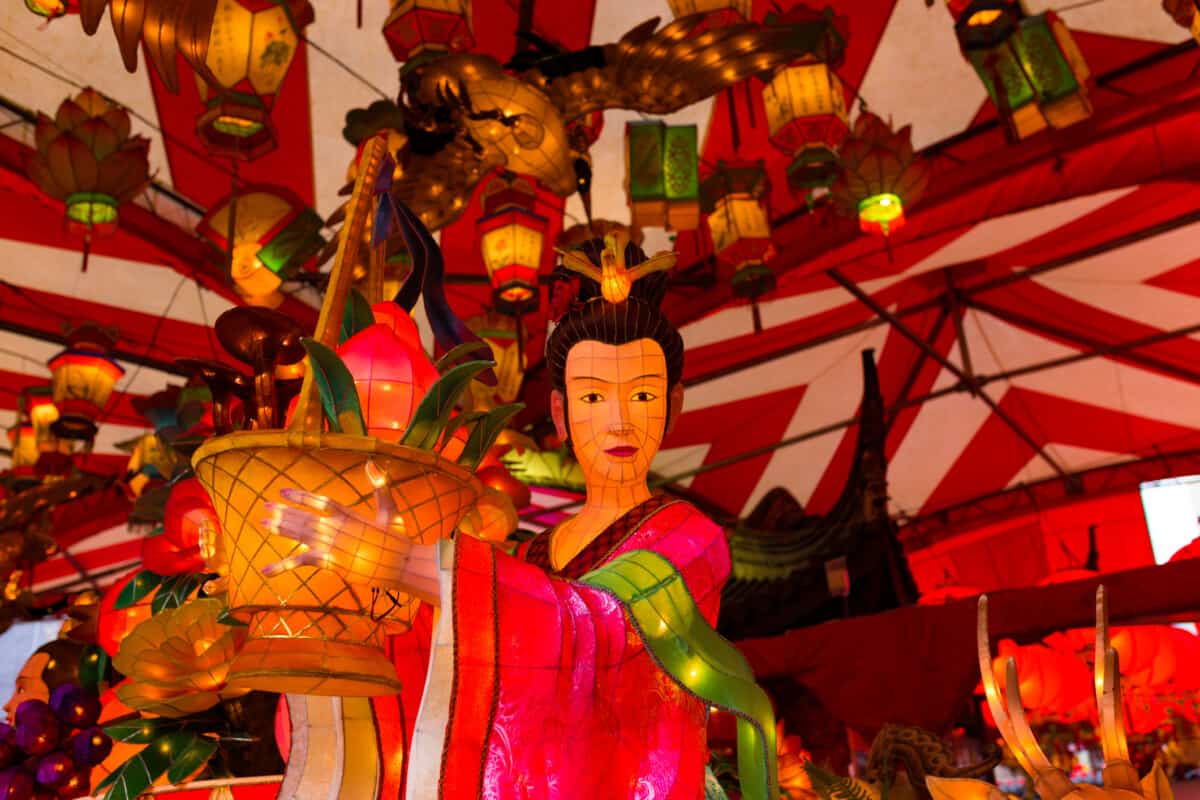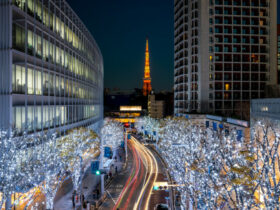The History Of Tokyo’s Rikugi-en Garden
This picturesque garden was constructed and planted in 1700 and was intended as a gift of sorts for the fifth Tokugawa Shogun.
At the time, gardens were often designed specifically for people to be able to walk through them slowly and take in the surrounding beauty.
This particular garden was designed by Yanagisawa Yoshiyasu. At the time, he operated as counsel for the shogun.
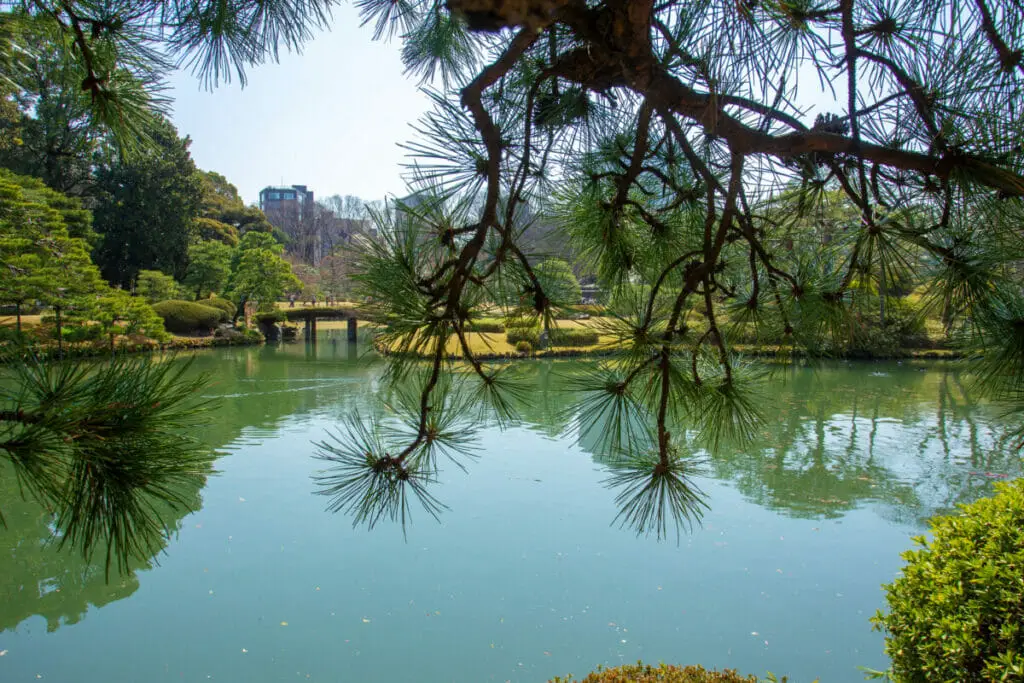
The shogun presented Yoshiyasu with the land, and it was created into the splendid garden it is now seven years later.
His family ended up living there for a long time, and the garden sadly lost some of its prestige through a lack of manicuring.
Later on, the Iwasaki family, owners of Mitsubishi, purchased the garden during the Meiji Restoration and brought it back to life.
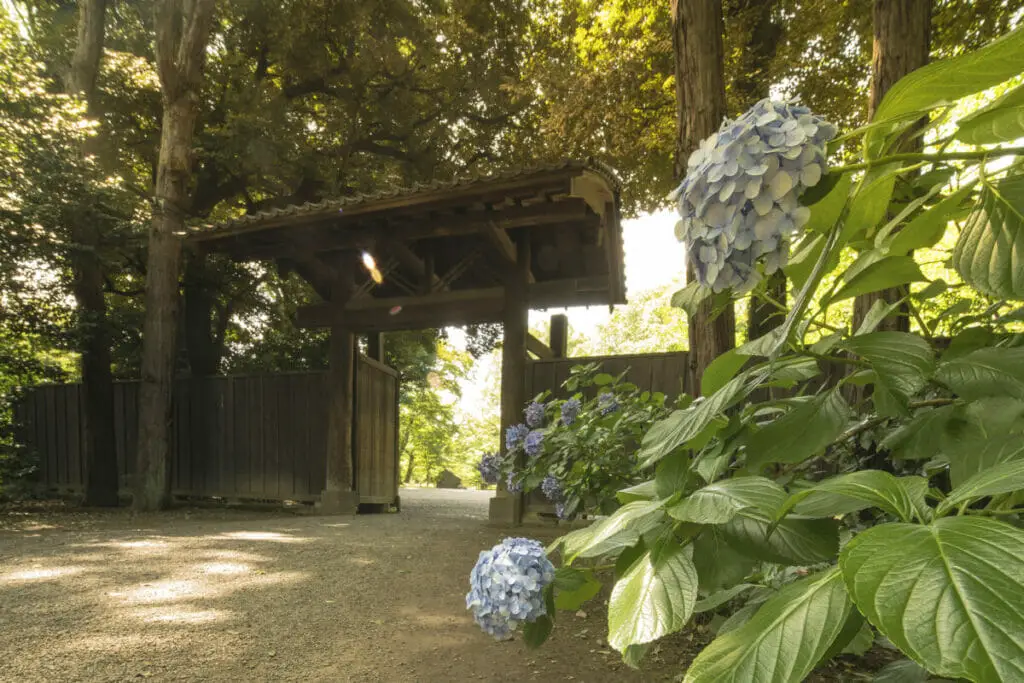
It was later donated to Tokyo City in the 1930s, where it was subsequently opened up for the public to see.
Why The Garden Is Known As The Six Principles Or Poems
When traversing through the garden, it’s easy to see why Rikugi-en is regarded as the garden of the six principles or poems.
Within its landscape, there are over 80 small scenes interpreted into the garden that has been inspired by forms of poetry.
It was Yoshiyasu’s idea to implement this scenery, as he was a fan of the waka style of poetry wherein six tenets play an integral role; hence, the name.
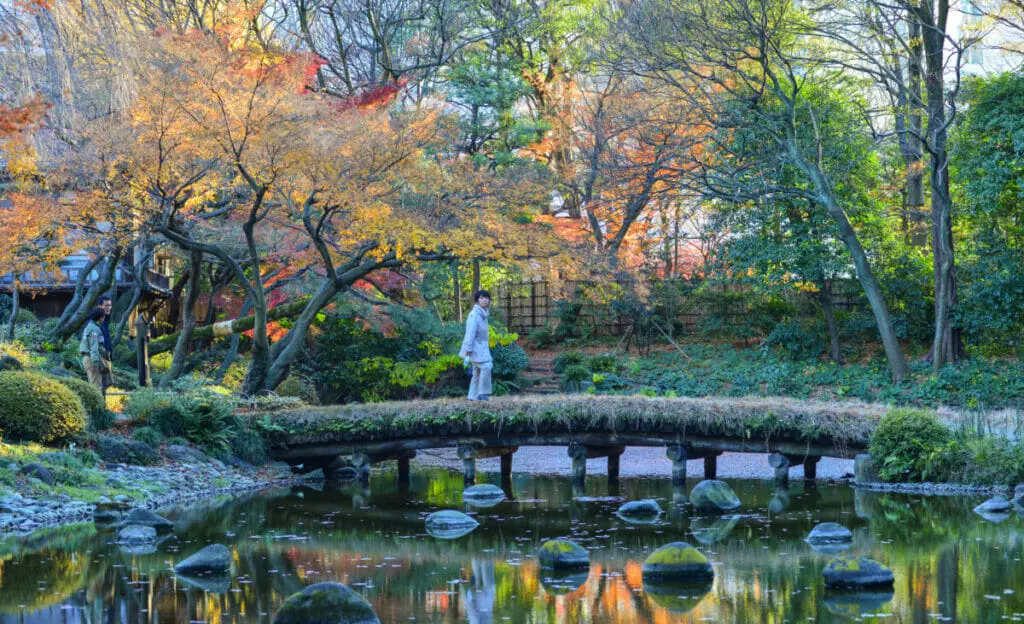
If you’re interested in understanding how various pieces of poetry were integrated into the garden’s design, you’ll be pleased to know that there are signs throughout the garden that will give further insight.
Waka Poetry’s Six Tenets
Waka is the name for a classic style of Japanese poetry that has been widely celebrated in the country for centuries.
The six principles also referred to as tenets or poems, were derived from the ideas of Shinkei, who was a poet and monk.
These six tenets are:
- Symbolic Mode
- Direct Mode
- Allegorical Mode
- Panegyrical Mode
- Metaphorical Mode
- Mode Of Precise Delineation
The Features Of Rikugi-en Garden
As with many strolling-type gardens of the time, this garden was designed to be an experience outside of greenery and flowers.
There’s a pond within the garden that is actually more reminiscent of a lake, with a small bridge expanding over part of the water.
There are also man-made hills throughout parts of the garden, adding to the visual dimension of the expansive nature-filled area. Numerous trees and shrubs are sprinkled all over the garden as well.
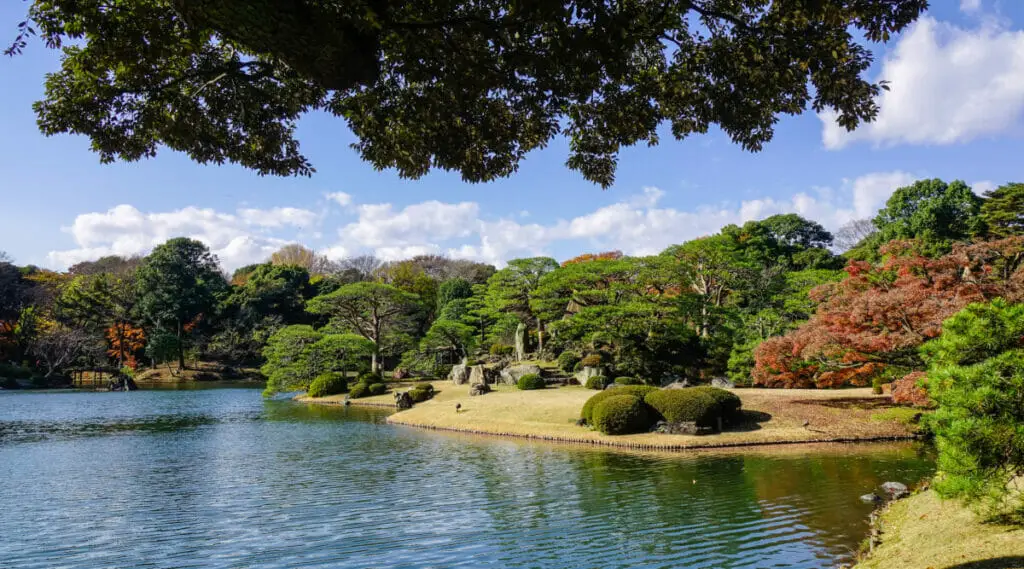
In Japan, gardens are an art form in and of themselves. Rikugi-en was made with the Kaiyu-shiki Tsukiyama Sensui Teien technique.
This design form has two special features; the sensui, which is a lake, and the tsukiyama, which are manmade hills.
Strolling Through The Garden
Each area of the garden is connected through trails, so you won’t miss anything if you follow the trail in its entirety.
It does take about an hour to walk through the entire garden, so it’s best to wear some comfortable footwear and go on a day with some nice weather.
It’s worth taking your time while making your way around the paths, as each will bring you to a breathtaking viewpoint to stop at and truly absorb its beauty.
The garden is especially popular in the fall, though each season offers a new way to appreciate the garden.
However, in the fall, the leaves are more colorful than ever before they start falling as winter approaches. In the spring, you can see various flowers blooming on bushes and shrubs, as well as on some trees.
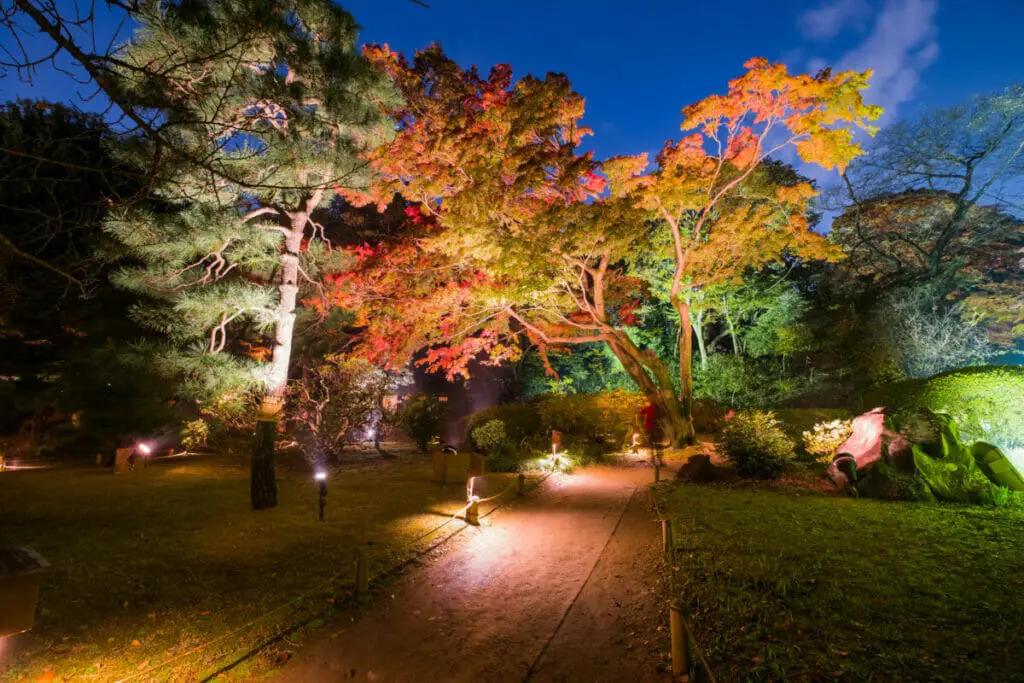
If you need a break, there are a few quaint tea houses within the garden to take a seat and sip on some tea before continuing along the path.
There are also open lawn areas where you can sit down and absorb your surroundings before you make your way through the rest of the garden.
Togetsukyo Bridge
The Togetsukyo Bridge was constructed by two large rocks being brought together, making for a distinctive bridge with asymmetrical edges that look as though it’s naturally occurring.
The bridge connects one side of the garden to the small island constructed on the opposite side and runs on top of the lake.
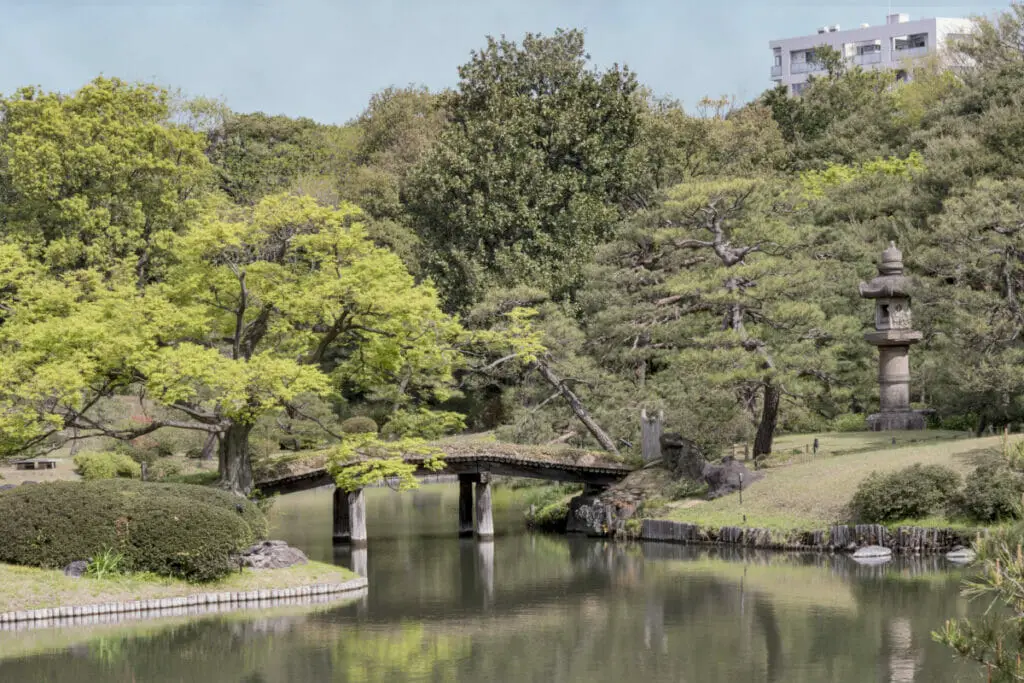
Evening Light Shows
If you’re visiting Rikugi-en in autumn or spring, you might be able to see areas of the garden illuminated in lights during the evening.
In spring, the light shows will usually start in March, with many installations placed throughout the park staying alight until 9 p.m.; the fall shows will begin in November.
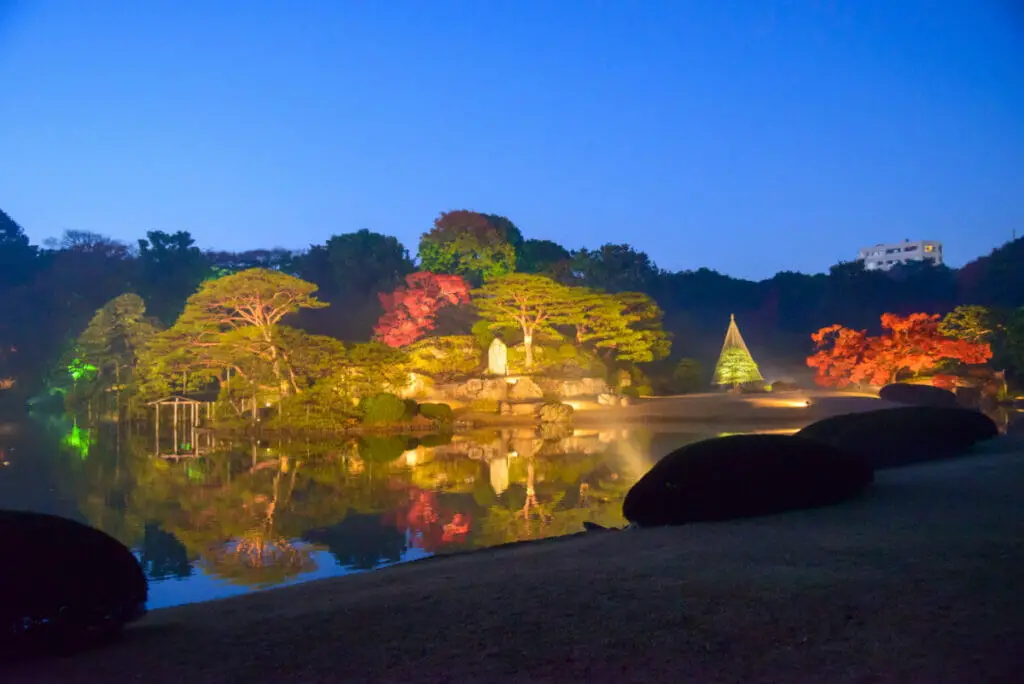
In spring, one of the most coveted vantage points is by one of the breathtaking weeping cherry blossom trees.
These trees are part of the light show, creating one of the most beautiful scenes among this lovely tree.
Fukiage Chaya
Matcha fans are going to want to stop at Fukiage Chaya tea house to indulge in some fresh tea. You can also have some sweets with your matcha for a very affordable price.
The tea house also has a little gift shop so you can grab a few mementos to remember your garden visit.
Tsutsuji no Chaya
This is another tea house within Rikugi-en Garden, though this one is actually constructed from wood harvested through trees dating back to the Meiji period.
There is a bounty of trees that grow around the tea house, making for a stunning area to take photos, especially in the fall.
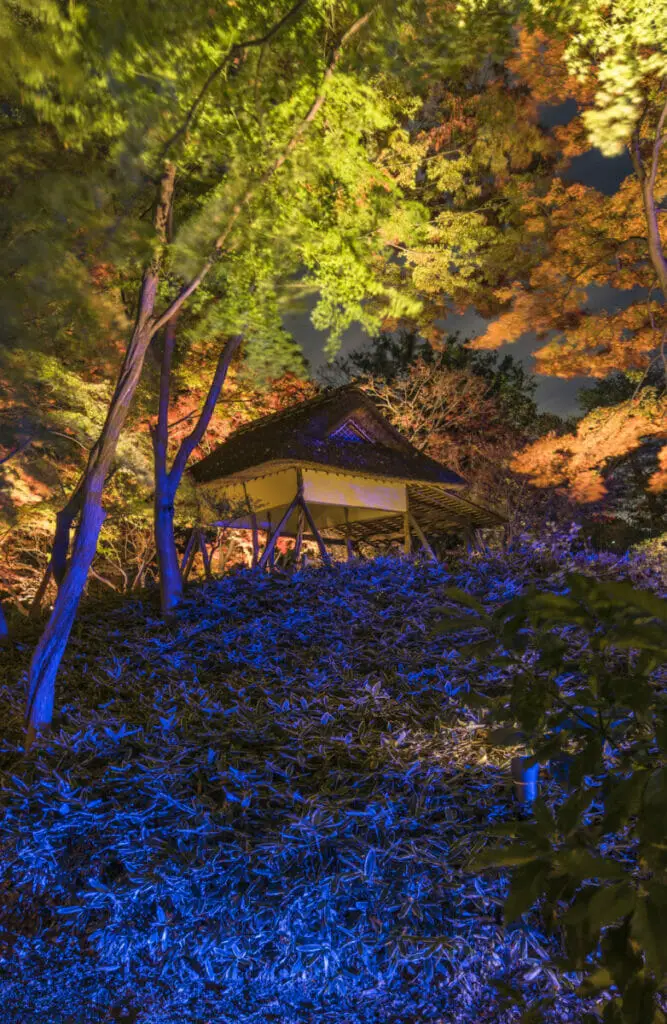
Takimi no Chaya
Known as the tea house for watching the dragon, this tea house feels like it’s part of another world hidden within a bunch of trees. There is a small stream of water that runs right by the tea house.
There is a nearby rock called the Sleeping Dragon Rock, which draws visitors to visit the tea house and get a good view; this is also why it’s known to be where to watch the dragon.
It’s a truly relaxing place to slow down and take in the surrounding sights, smells, and sounds.
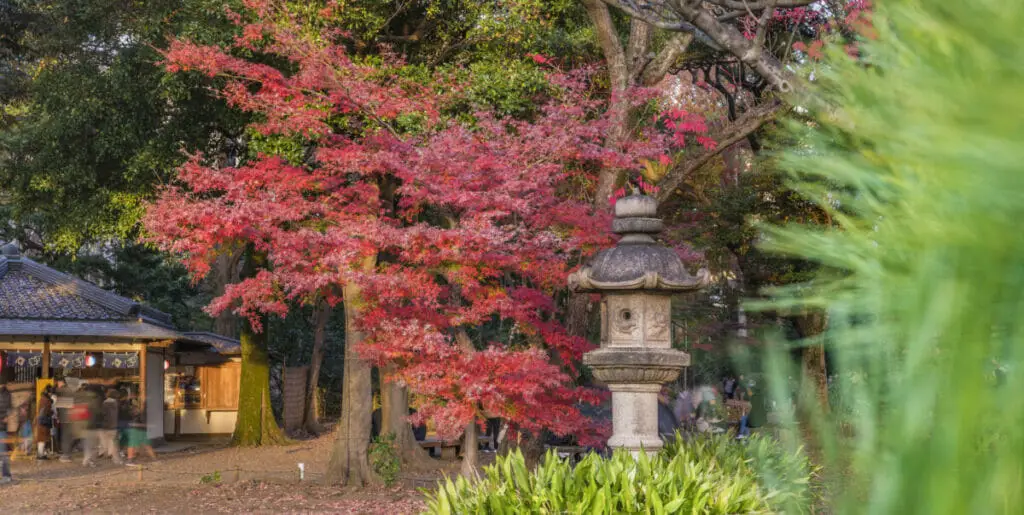
Imo-yama And Se-yama
These are two of the hills that were built within the garden, but what you might not realize is that there is the symbolism behind these two hills.
Imo and se are two words that, while not a part of the modern Japanese language, translate to man and woman.
It is believed that these two hills are in place to represent Izanagi and Izanami, two deities of great significance to Japanese mythology.
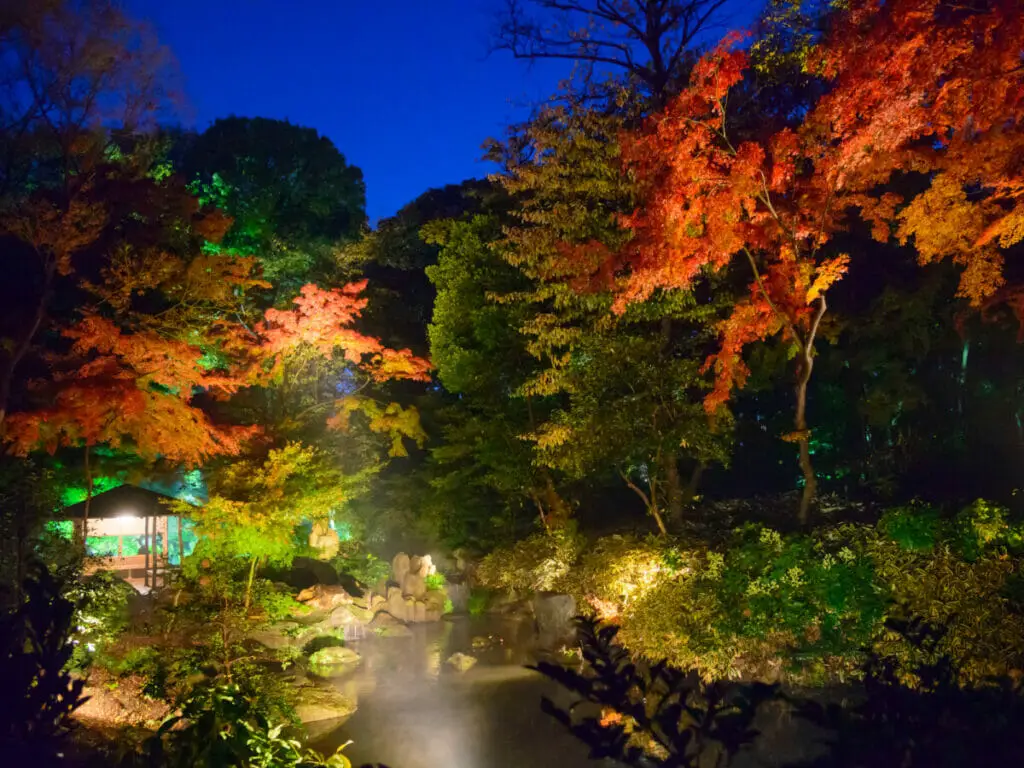
Getting To Rikugi-en Garden
With Tokyo being such a massive city, knowing how to get to the garden is important. You can find the garden in the Bunkyo ward in northern Tokyo.
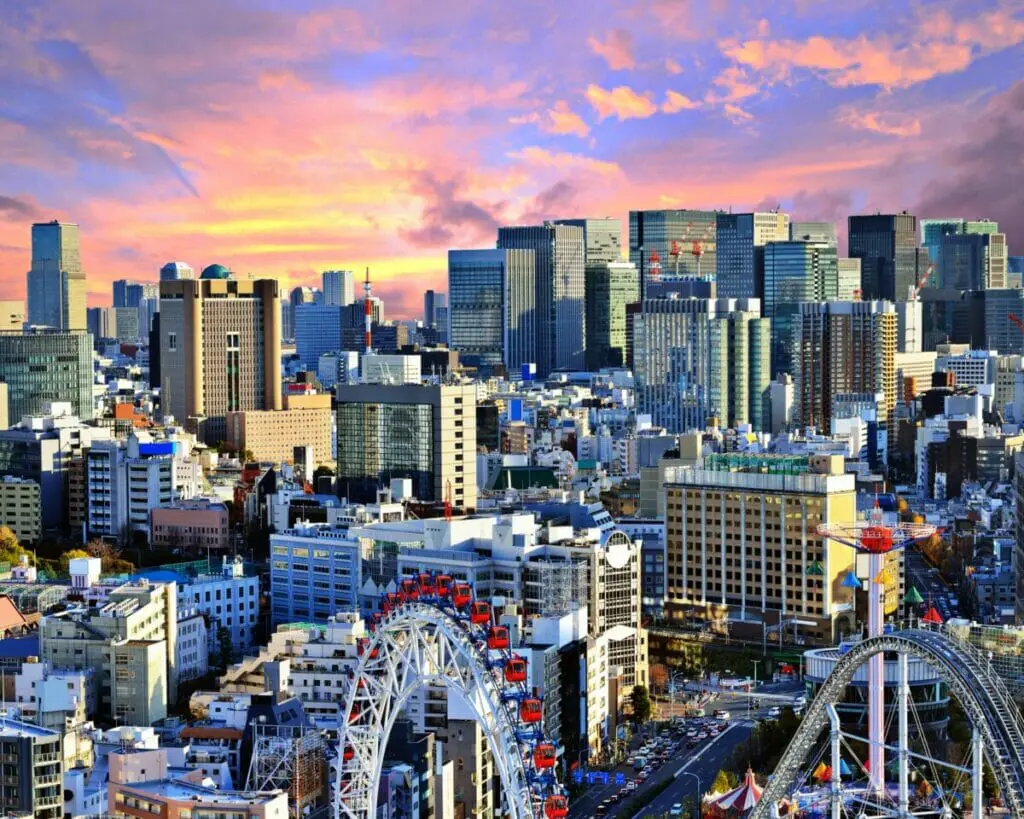
There are two gates that allow you to enter the garden, though one is often closed outside for a few weeks in the fall and spring.
To get to Rikugi-en, you can hop on the JR Yamanote train or Namboku subway and get off at the Komagome Station.
From there, you’ll walk south for about 10 minutes at the most to arrive at the garden. There is a small fee to enter the garden, with discounts for seniors, free admission for kids, and discounts for larger groups.

